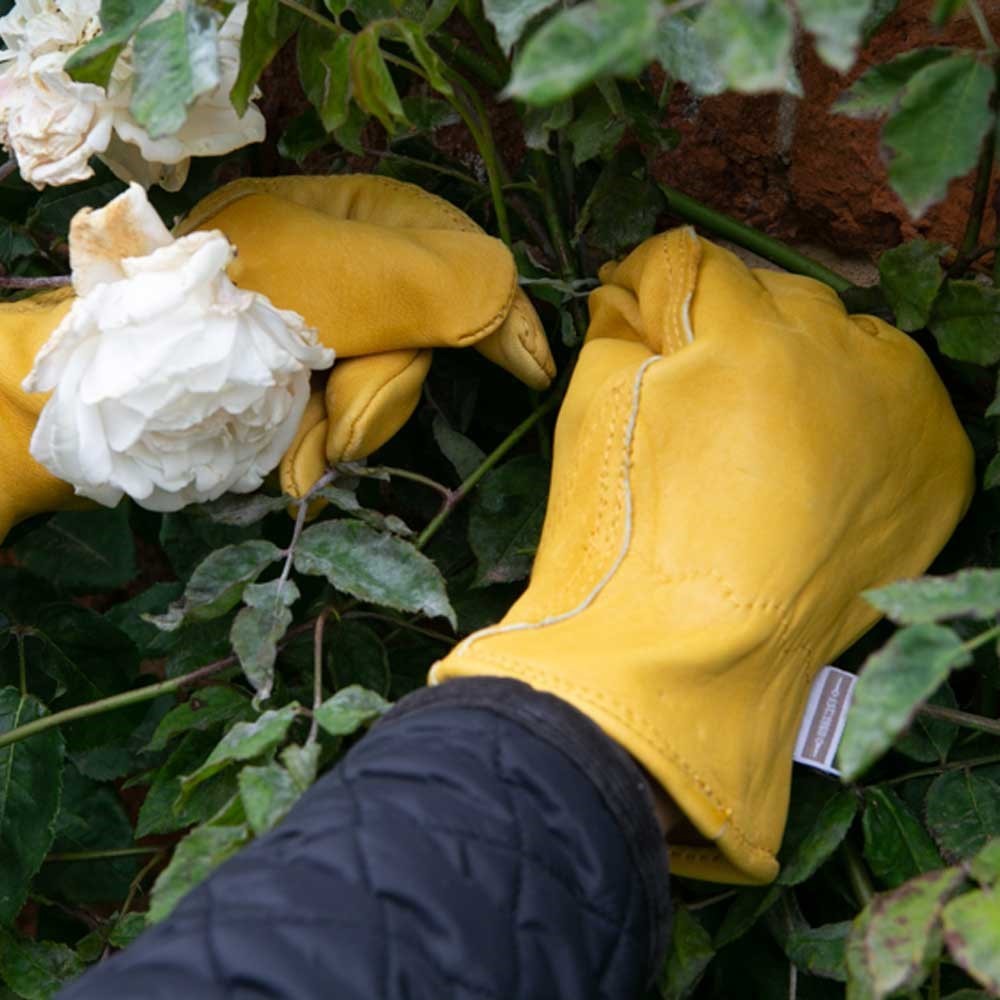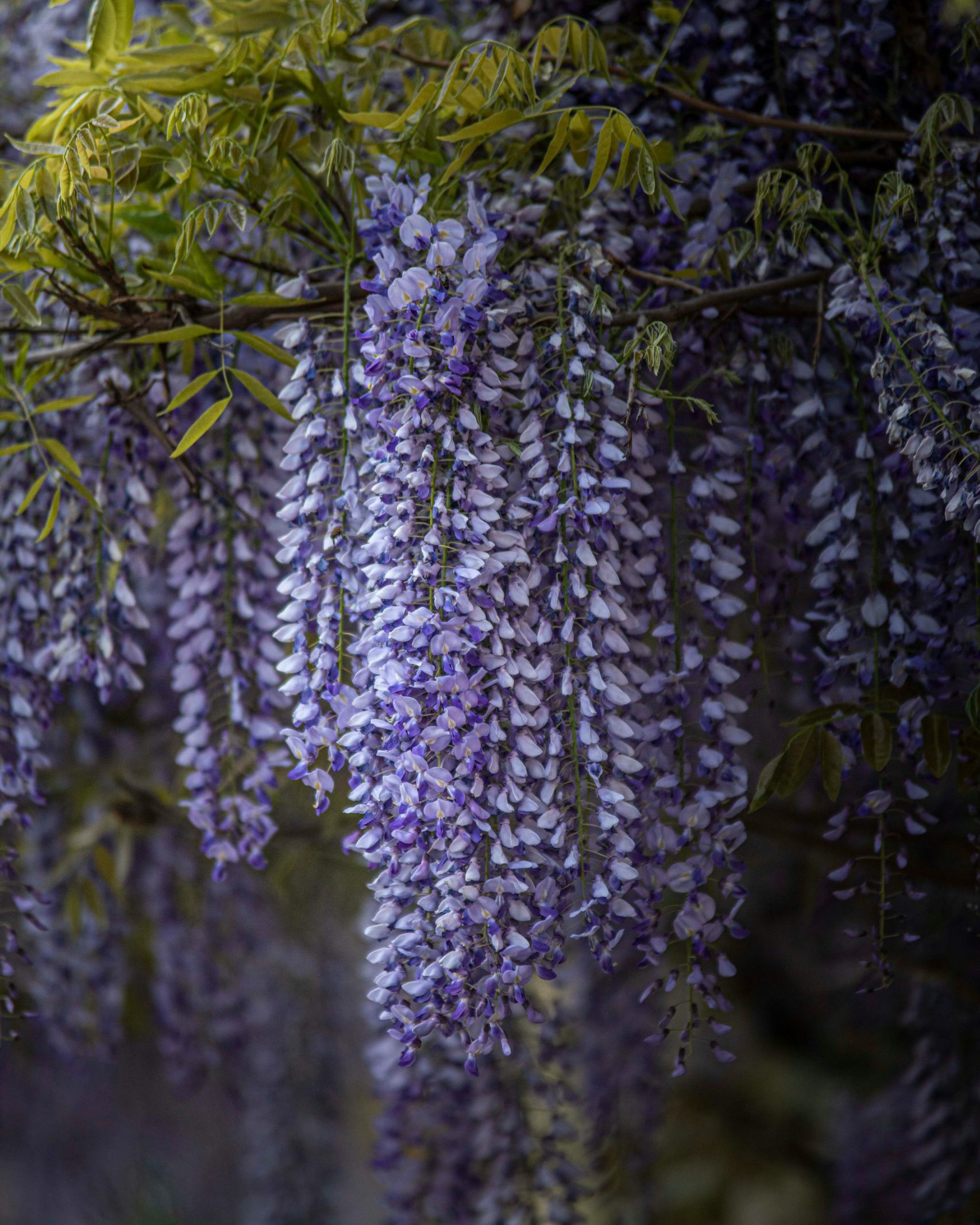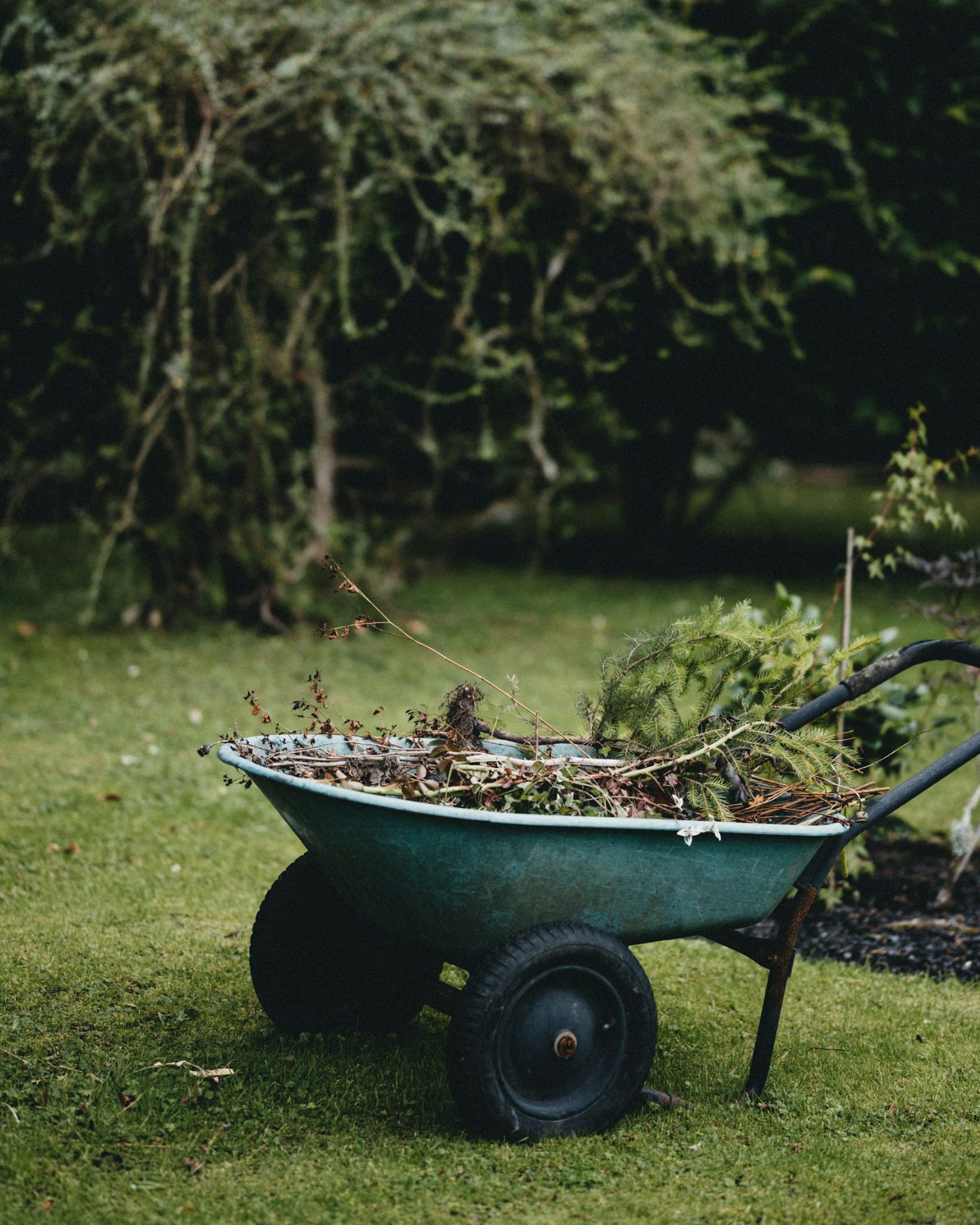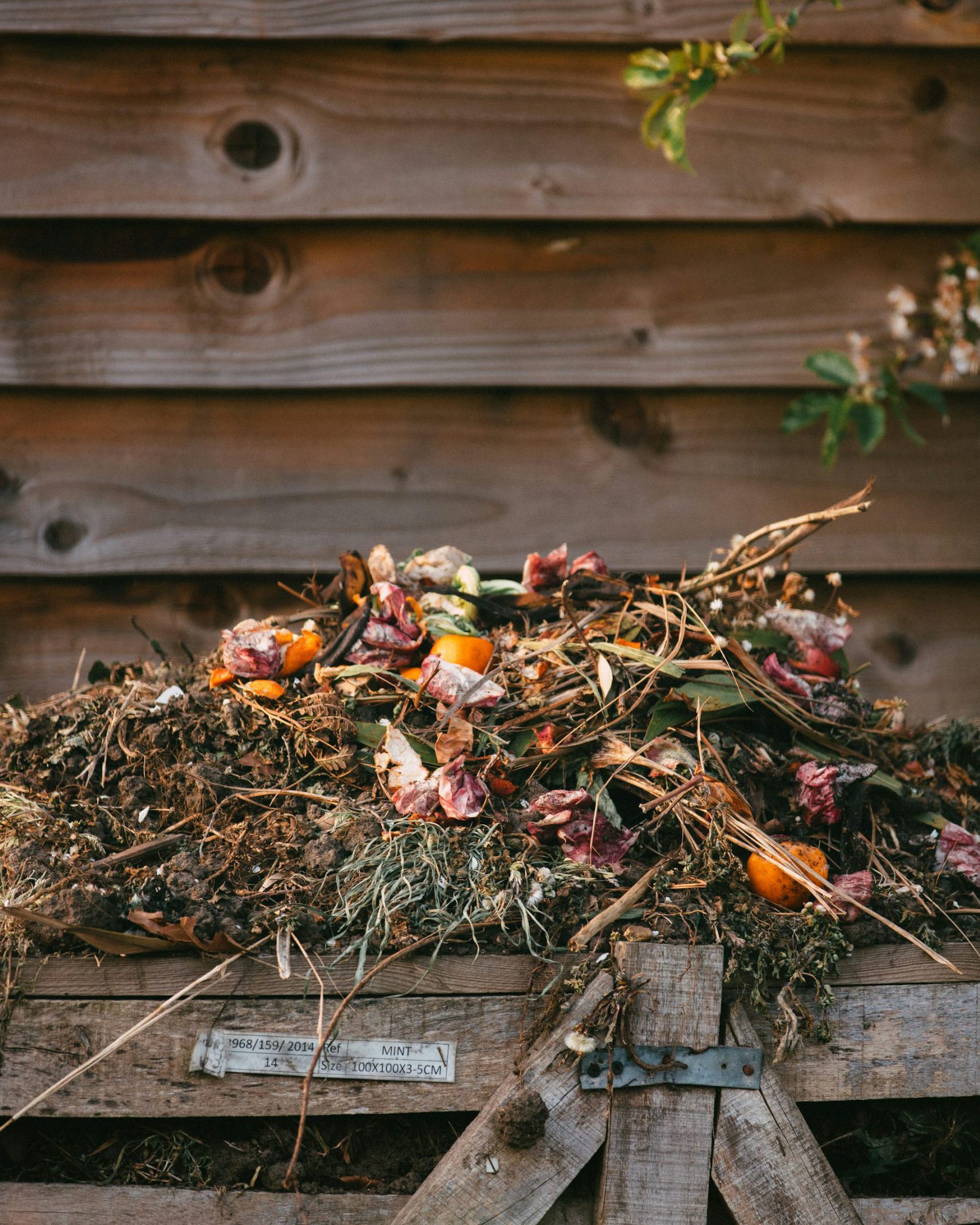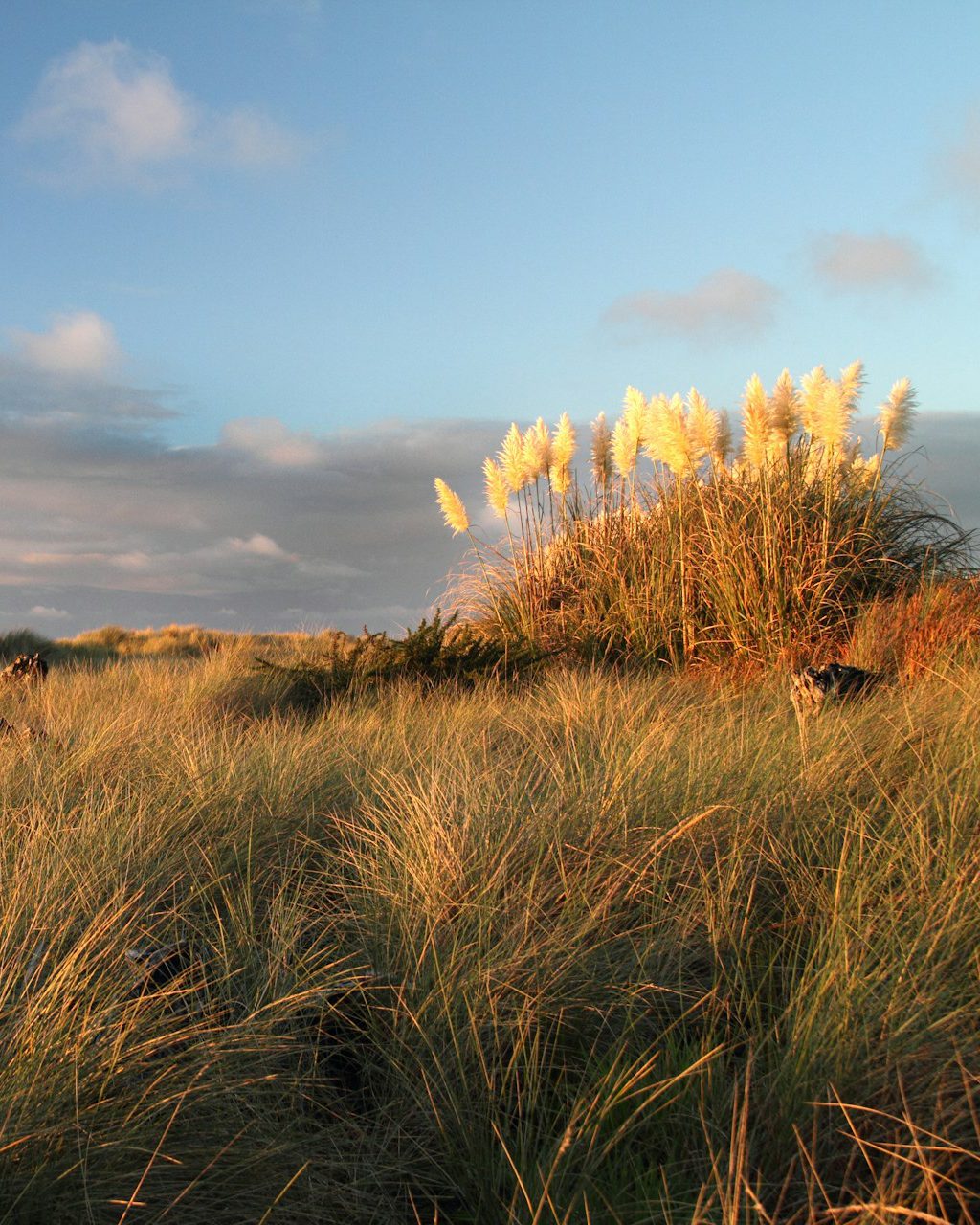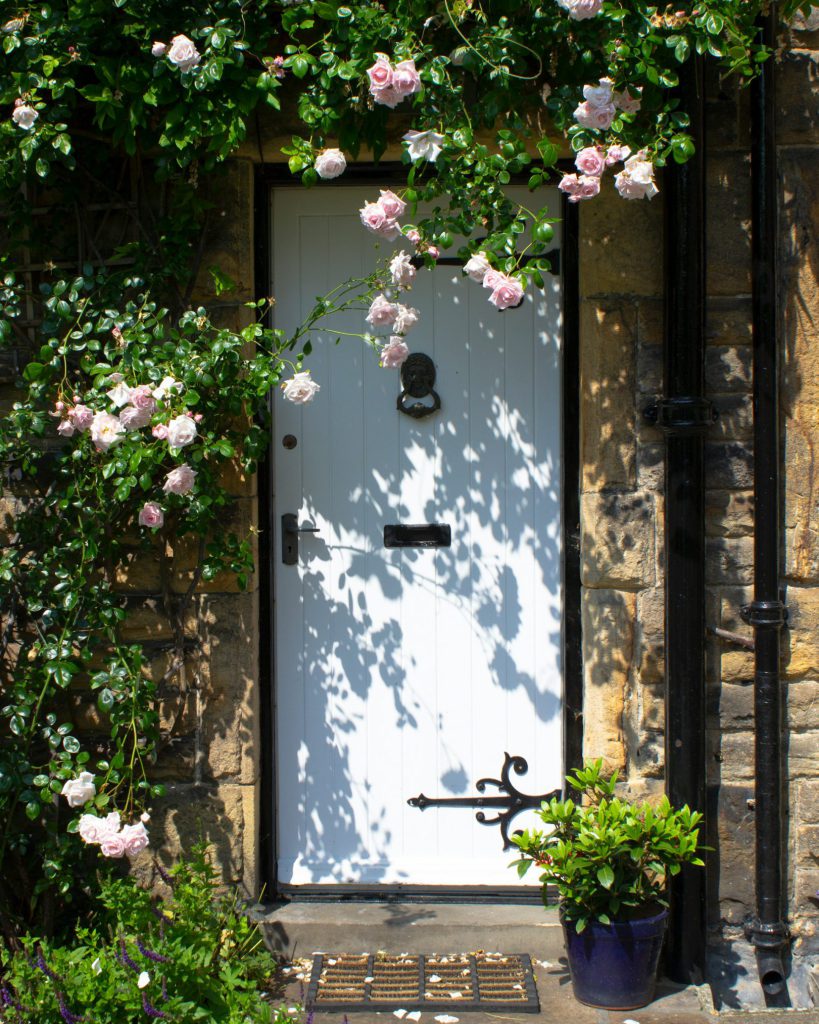
Eleanor Clarke
OUTDOOR PLANTS
Masterclass: Pruning Roses
They’re the quintessential English garden flower, adored by poets, lovers, garden designers and beginner gardeners. Beautiful, colourful, scented, useful (there’s one pretty much for every spot in the garden), they’re as varied as they are captivating. From climbers and fast-growing ramblers to thick, bushy country hedging plants, generous bush roses and the tiniest shrubs perfect for containers on a patio, there’s a rose to suit every spot.
Roses are also a gift for those of us who garden on heavy clay soil. Yes, lucky Londoners… They’re hungry plants and clay soil, although it can be tricky to work with, is packed with nutrients. Given decent soil, they’re fairly easy plants to grow, most needing little more than an annual trim to thrive. In pots, you’ll need to water regularly, as well as add fertiliser and a spring mulch of good compost or well-rotted manure to your care plan.
Pruning isn’t as hard as you might think. The main thing to remember is that roses are tough plants, so don’t be afraid. They’re really hard to kill! You could probably shear a hedge trimmer over them in late winter and they’d come back just fine. But let’s not do that. Here’s how you should tackle rose pruning for best results, meaning more flowers, a better shaped bush and healthier plants for the summer to come.
The rose pruning masterclass
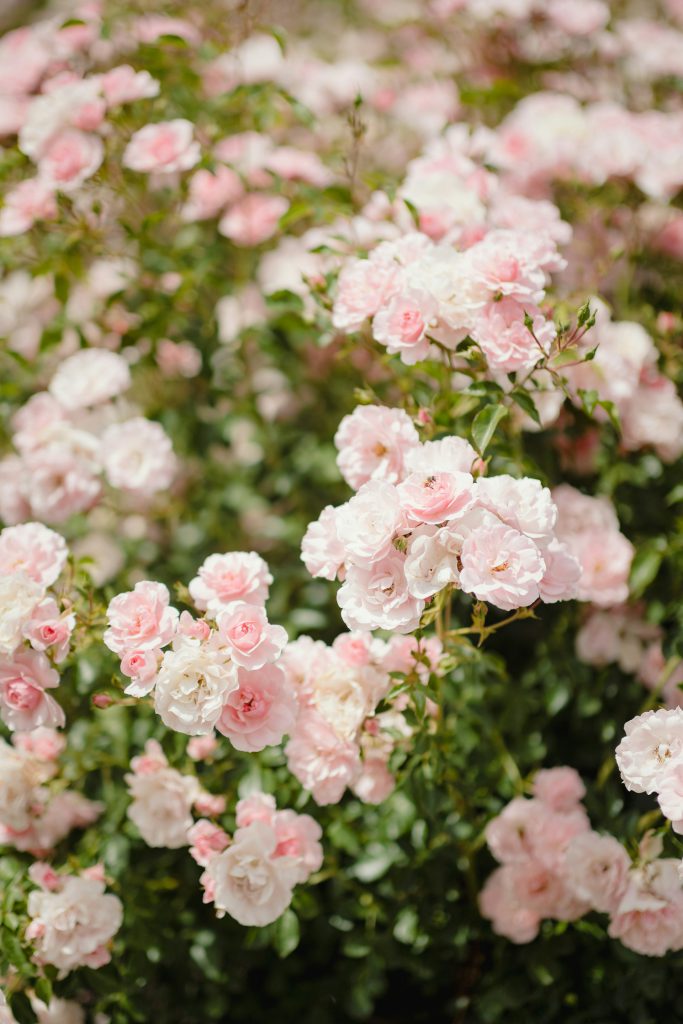
Bush roses (hybrid tea & floribunda roses)
In late winter, prune to just below knee height, using good sharp secateurs and making cuts directly above the buds. Ideally cut above outward facing buds, which will give you a nice open, goblet-shaped framework of branches. Remove anything dead or damaged, or stems that are rubbing against each other, cutting right back to the base of the plant. Remove any spindly stems less than a pencil’s width, then snip off any old foliage from last season.
Patio roses (small bushes with tight clusters of flowers)
As above, but to a smaller scale. If it’s a new patio rose, go gently for the first year after planting.
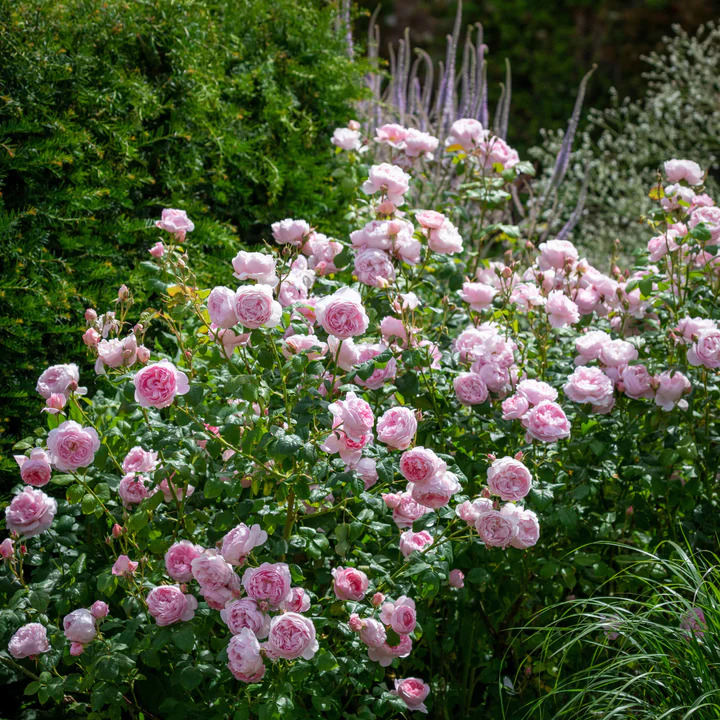
Shrub roses (most David Austin types, up to 5ft)
In late winter, take off a third to a half of the shrub, as before, cutting above outward facing buds with sharp secateurs. If your shrub is congested, it’s worth removing a few of the older stems too, to open up the plant and divert its energy into producing new, more vigorous stems. Completely remove anything dead or damaged, or stems that are rubbing against each other. Remove any spindly stems less than a pencil’s width (they’ll just flop under the weight of the flowers), then snip off the old foliage from last season.
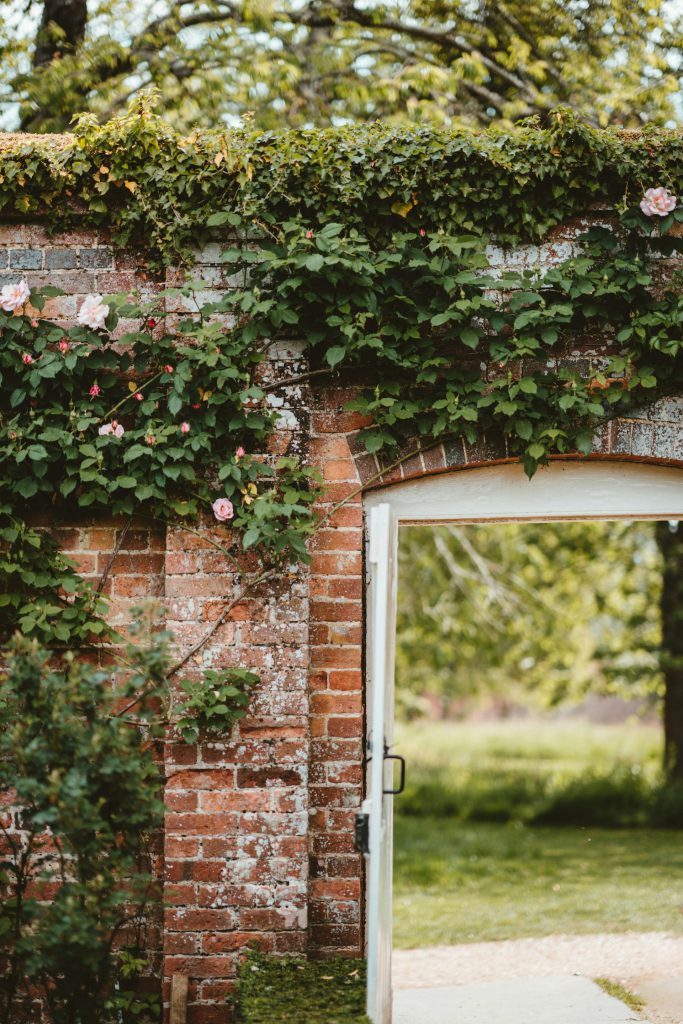
Climbing roses (they usual flower more than once in a season)
In later winter, identify your side stems (the ones growing at an angle from the main stem) and prune these back to 6cm from the main stem. If there are side shoots you want to keep, to fill in space on your wall or pergola, leave them long and tie them in. Completely remove anything dead or damaged, as well as any spindly stems less than a pencil’s width, then snip off the old foliage from last season.
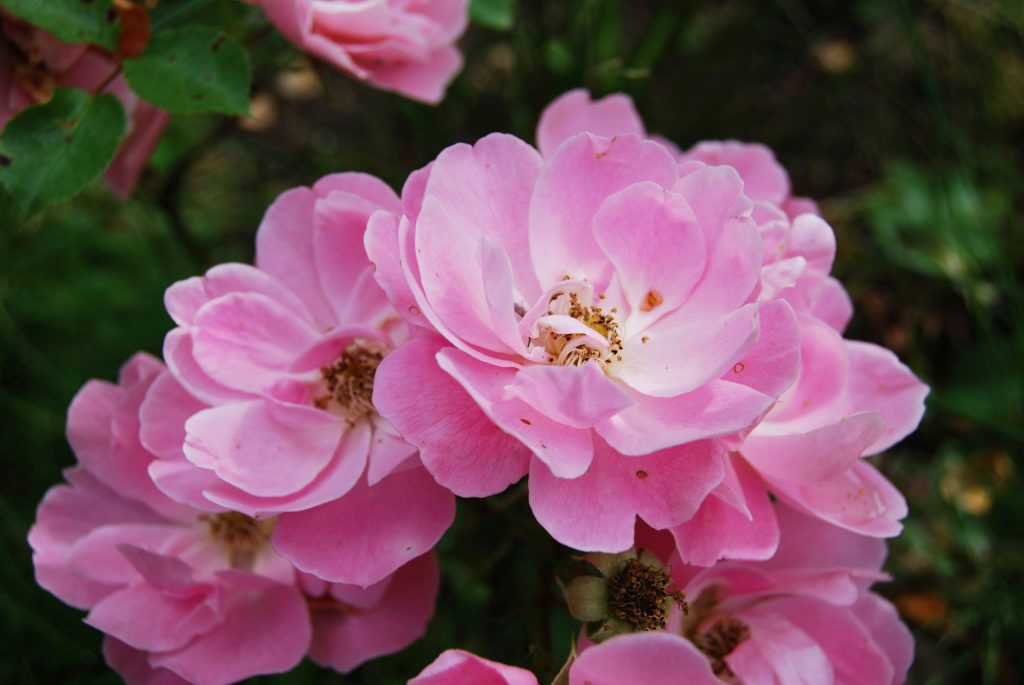
Rambling roses (more vigorous than climbers, flowering once in early summer)
After flowering, thin out tangled growth by removing about a third of all of the stems, choosing the oldest stems. Prune out all the stems that have just flowered and tie in new growth to take their place. Finally, shorten all the side shoots by around two-thirds. This approach presumes your rose is mature. If you’re still growing it in to its space, keep training new shoots and tying them in; just remove any dead, damaged or less-than-pencil-thin stems.
Whatever the rose – a little housekeeping
When you’ve finished pruning, gather up all your prunings and fallen leaves. This helps to get rid of blackspot and other diseases. Pop them in your garden waste bin, not in your compost bin where spores can spread disease in the soil.
Read more:
OUTDOOR PLANTS
INDOOR & OUTDOOR GARDENING
GARDENING
OUTDOOR PLANTS
Shop from this story:
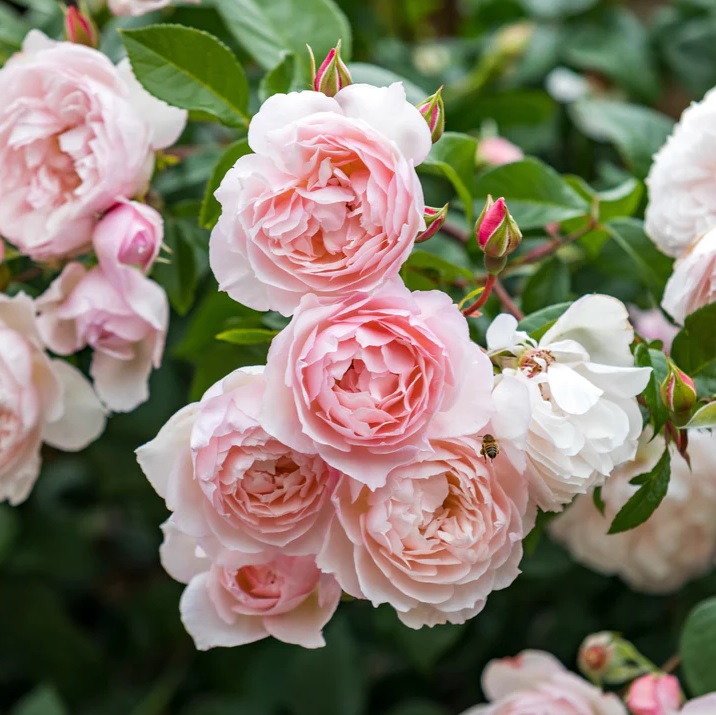
Shrubs and Roses
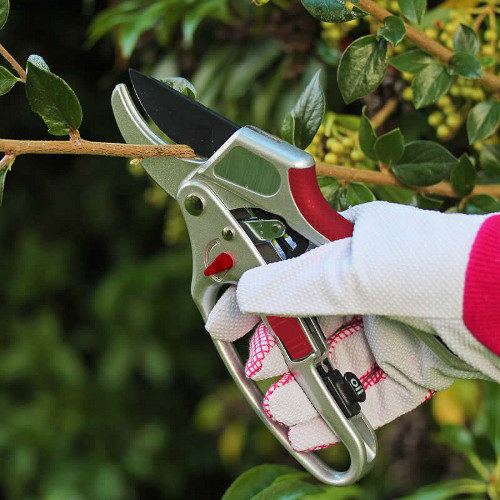
Garden Tools
